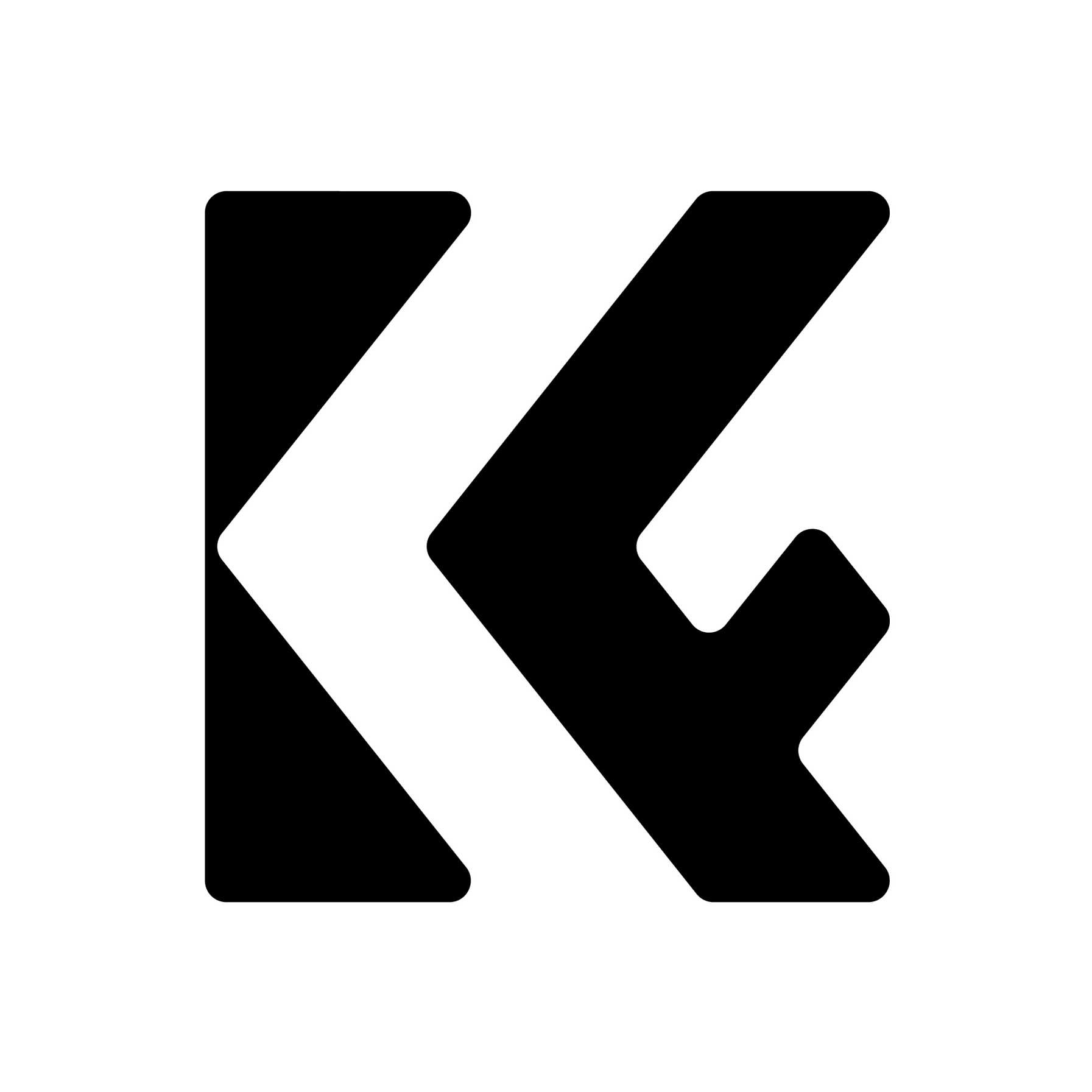Understanding Camera Lenses: Prime vs Zoom Lens
Tuesday 07 May 2024
 2.3k
2.3k
 Reproduction without the author's authorization is prohibited
Reproduction without the author's authorization is prohibited
What is a Prime Lens Used For?
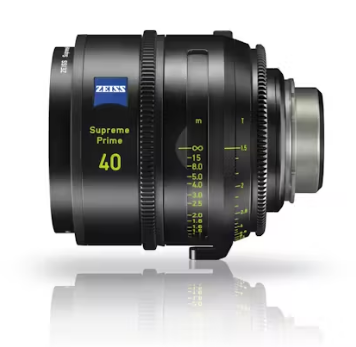
Prime lenses, also called fix lenses, feature a fixed focal length and usually have better optical quality and a larger aperture. They excel in low-light conditions because a wider aperture lets in more light, making it ideal for achieving a shallow depth of field that isolates the subject from the background, resulting in a pleasing bokeh effect. Photographers often use prime lenses for portraits, street photography, and any situation where image quality and light sensitivity are critical.
In one sentence, all lenses that cannot change the focal length are Prime Lens.
What is a Zoom Lens Used For?
Zoom lenses offer a range of focal lengths, making them versatile tools for photographers. They are perfect for situations where changing lenses frequently is impractical, such as during sports, wildlife photography, or events. The ability to zoom in and out allows photographers to compose shots quickly without moving, making them indispensable for capturing subjects at varying distances.
Zoom lenses are fascinating pieces of technology that allow photographers and videographers to change the focal length and angle of view without changing the lens.
A zoom lens combines a focusing lens (similar to a standard prime lens) with an afocal zoom system. The afocal zoom system is the component that slides back and forth, altering the size of the light entering the lens, which in turn changes the magnification of the image.
When you adjust the zoom ring on a lens, several lens elements inside move relative to each other. This movement changes the angle of view and adjusts the image magnification. It’s important to note that while the zoom function is based on this sliding mechanism, the lens must also compensate for any shift in the focal plane to keep the image sharp. This means that either the camera must be moved, or the lens elements must be adjusted to maintain focus.
Zoom lenses are incredibly useful because they offer a range of focal lengths in a single lens, which can be more convenient and versatile than carrying multiple prime lenses. However, they can be heavier and bulkier, and sometimes they may not offer the same image quality as prime lenses, especially at their maximum aperture or at the extreme ends of their focal length range.
In summary, zoom lenses work by using a complex system of lens elements that move to alter the focal length and angle of view, providing photographers with the flexibility to capture a variety of shots without needing to switch lenses.
Is Telephoto Only for Zoom?
The answer is no, Telephoto and zoom lenses are not directly related. Wide-angle lenses can also be zoom lenses, but telephoto zoom lenses are more common. While telephoto lenses are often associated with zoom capabilities, not all telephoto lenses are zoom lenses. A telephoto lens simply refers to a lens with a longer focal length that magnifies distant subjects. There are prime telephoto lenses with fixed focal lengths that offer superior optical quality but lack the flexibility of zoom telephoto lenses.
When Should You Use Prime Lenses
Prime lenses should be used when image quality is a top priority, and there’s a need for a large aperture to control depth of field or shoot in low light. They’re also lighter and more compact, making them ideal for photographers on the move or those who prefer a minimalistic approach.
Prime Lenses Pros and Cons
Pros:
Superior sharpness and optical quality
Larger apertures for low light and shallow depth of field
Generally lighter and more compact
Cons:
Lack of flexibility in framing
Requires physically moving to change composition
Can be more expensive for high-quality models
When Should You Use Zoom Lens
Zoom lenses are best when you need flexibility and convenience. They allow you to adapt quickly to changing scenes without swapping lenses. They’re excellent for dynamic environments where the subject distance from the camera is unpredictable.
Zoom Lens Pros and Cons
Pros:
Versatility with multiple focal lengths
Ideal for dynamic and unpredictable situations
Reduces the need to carry multiple lenses
Cons:
Often heavier and bulkier
May have smaller maximum apertures
Can have less optimal image quality compared to primes
Prime Lens vs Zoom Lens: Which is Better When You Have a Limited Budget?
When budget is a concern, prime lenses often provide better value for money. They offer high-quality optics at a lower cost compared to zoom lenses. However, if you require versatility and can only afford one lens, a zoom lens might be a more practical choice, offering a range of focal lengths at the expense of some optical quality.
If you're a beginner, you buy a camera but don't know how to photograph properly or what subject matter you'll be creating. Just when it comes to getting better photos or videos than you can get on your smartphone. In this case you can buy something like an 18-200mm zoom lens. Learn correct photography theory by adjusting the aperture size, focal length, etc. on the zoom lens. When you find the focal length you like, consider buying a better quality prime lens.
If you are an experienced photographer, or you know your creative subject matter very well, you can buy a fixed focus lens directly.
Alternatively, you can buy an auto-zoom lens for most scenes, and one or two prime lenses for specific scenes such as fisheye or macro lenses.
Final Words
Choosing between a prime and a zoom lens depends on your photographic needs, style, and budget. Prime lenses offer unmatched quality and large apertures, while zoom lenses provide unparalleled flexibility. Evaluate your shooting habits and preferences to make the best choice for your photography journey.
Statement: all contents and remarks made by K&F CONCEPT 's intranet friends only represent themselves and do not reflect any K&F CONCEPT 's opinions and views.
-
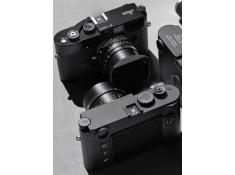 Leica M-mount Milestone! Leica M EV1 Camera SpecificationsWednesday 15 October 2025
Leica M-mount Milestone! Leica M EV1 Camera SpecificationsWednesday 15 October 2025 -
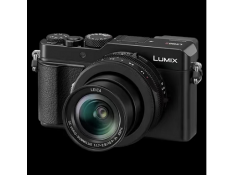 Panasonic to release the LX100M3 camera on October 17thTuesday 14 October 2025
Panasonic to release the LX100M3 camera on October 17thTuesday 14 October 2025 -
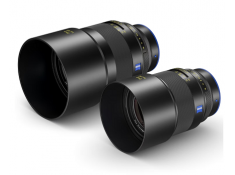 Zeiss is about to release a new Otus ML series lensMonday 13 October 2025
Zeiss is about to release a new Otus ML series lensMonday 13 October 2025 -
 Canon Publishes Patents for 28-400mm F3.5-6.31S and 28-400mm F4-81S LensesMonday 13 October 2025
Canon Publishes Patents for 28-400mm F3.5-6.31S and 28-400mm F4-81S LensesMonday 13 October 2025 -
 First spy photos of the Canon EOS R6 Mark III have been releasedFriday 10 October 2025
First spy photos of the Canon EOS R6 Mark III have been releasedFriday 10 October 2025
